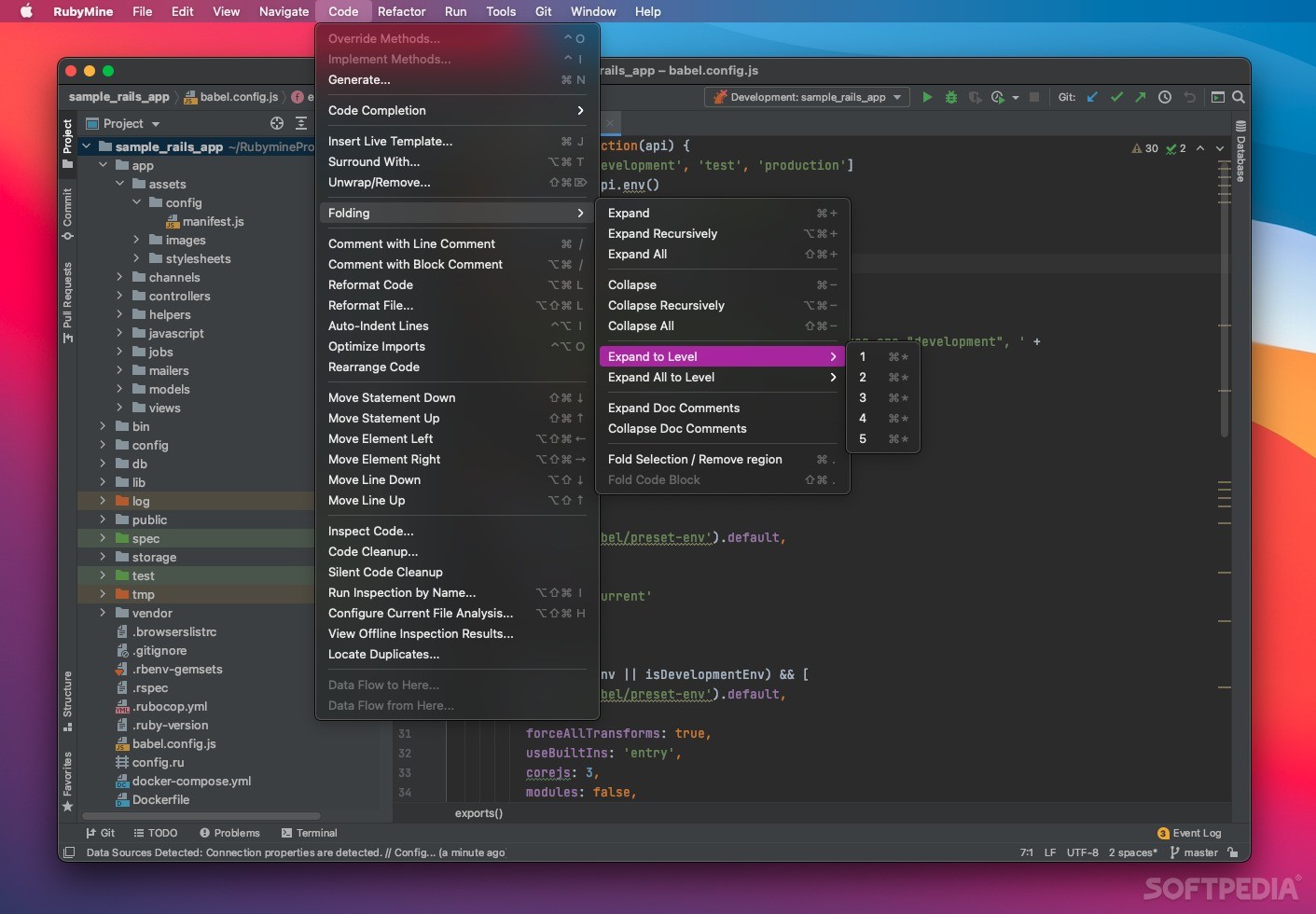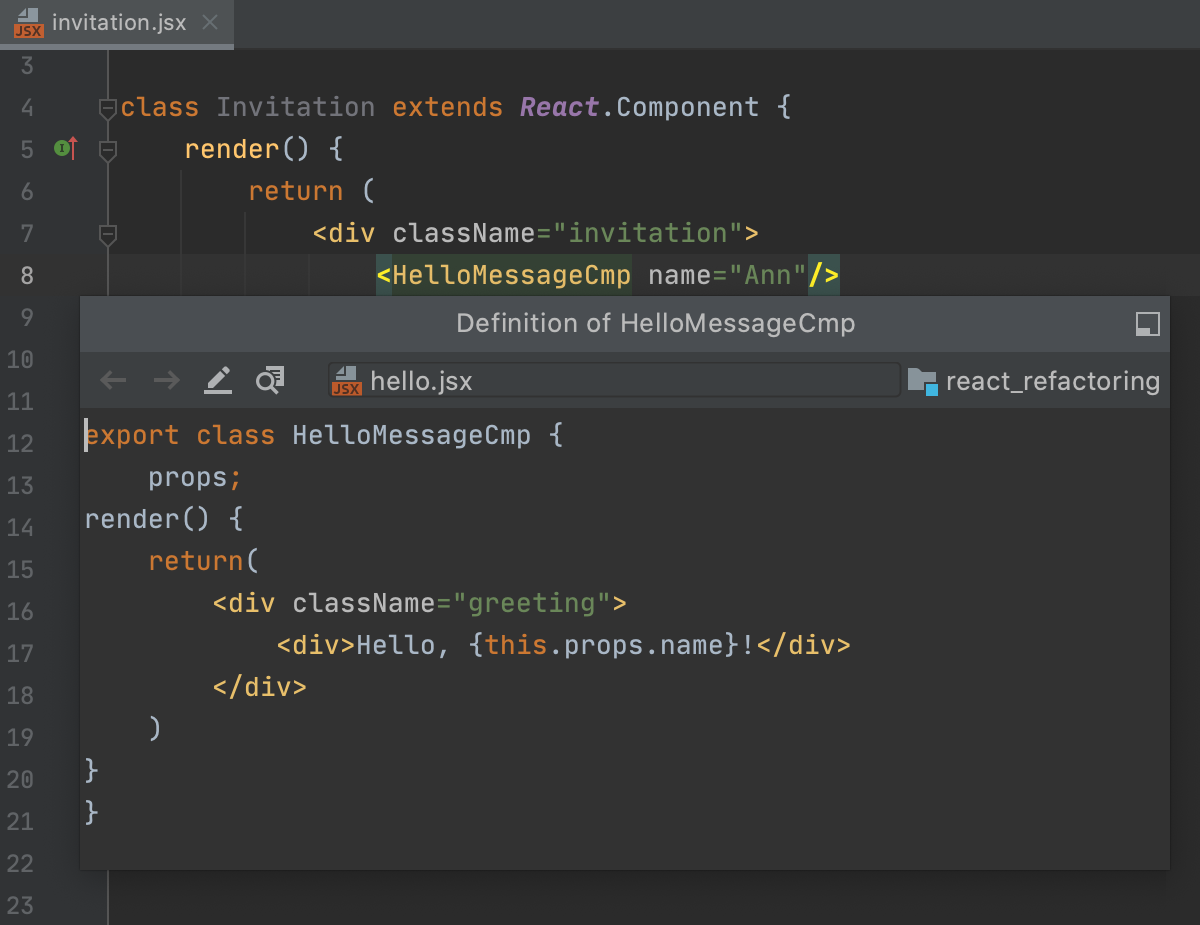

Once I was able to get Rspec testing running, I do have to mention that jumping into this feature was pretty confusing due to the amount of capability, as well as how it’s debugger interacts with these processes setting up a Rspec profile took a few hours of my time Google’ing others having issues only to get debugging to work at all with my rails_helper especially when the default behavior hides the. Even so it was refreshing to find such an IDE that allowed me to setup multiple profiles for debugging the actual Rails app while it is running, as well as setting an entirely different profile for my Rspec and Capybara tests. Once I starting working with RubyMine I felt overwhelmed with its ability being one of the more bloated IDEs out there. For me finding almost no Rails support with VSCode really made me reach back out to other IDEs. This is definitely a feature that can make or break the perspective of an IDE. Tab completion for Rails routes based on your code, Ruby and Rails methods based on the object type, even snippets built into tab completion for any required modules are just a few examples of this power. One of the biggest benefits, especially for those fairly new to Ruby/Rails is having the code completion and hinting features. One of the biggest issues of the Idea-based IDEs is just how bloated they are, but there are times when the features simply outweigh this sacrifice.

After a month of working with RubyMine I knew this was exactly what I was needing.

Looking at the various IDEs available, I decided to give the RubyMine trial a shot even though I was already someone not fond of the Idea IDE for other languages. While you will find me nose-deep in VSCode working with Ruby alone, once I dived into Rails there simply was not enough support. While VSCode is still my go-to for all JavaScript awesomeness, and then starting to use it for Ruby I thought I had an overall winner. When working with JavaScript, I found myself moving from ViM, to Atom, to Brackets, and finally to VSCode.


 0 kommentar(er)
0 kommentar(er)
